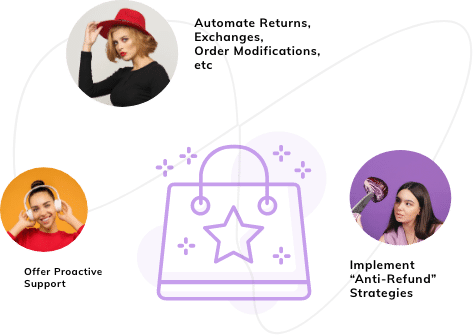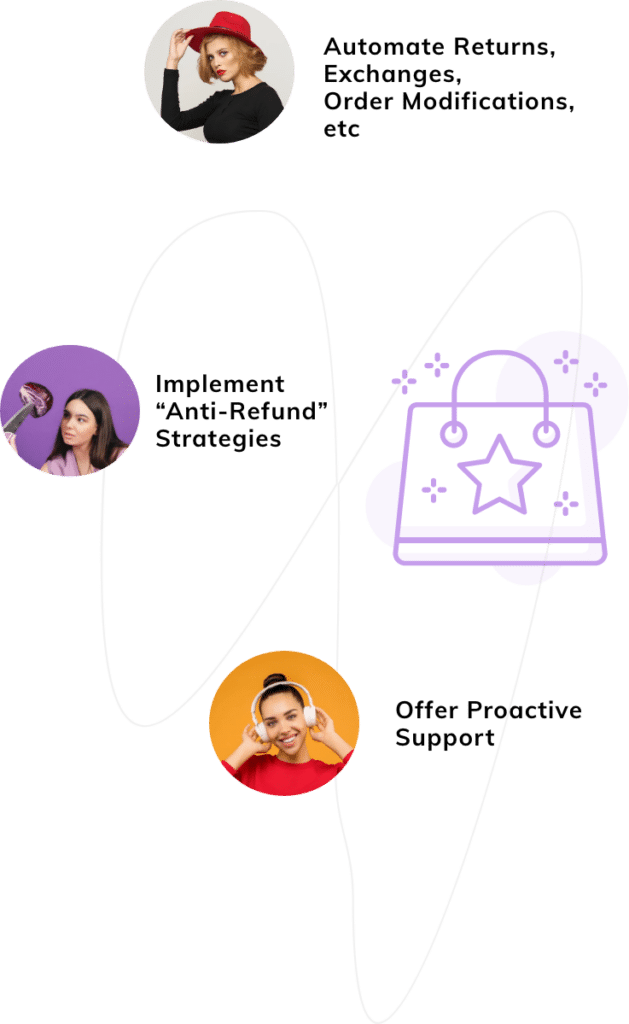Last Updated: April 2024
The challenges of marketing to customers in the midst of a pandemic have been a catalyst for innovation. Customer churn is a growing trend that is driving businesses to dig deeper into customer data for answers. It is becoming increasingly clear that a great product is not enough to keep customers satisfied. The reason: it is not a seller’s market anymore.
Brands are reinventing their marketing to make it relevant to customer needs and not the other way around. Product-led marketing campaigns are on the way out and the spotlight is now on the customer. Of the $183 billion that brands are expected to spend on marketing this year, e-commerce ads account for up to $59 billion, according to market research specialist, WARC Data.
Interestingly, brands are looking to leverage social selling – live streaming content in real-time to customers – boost engagement in the new normal. This new marketing play is not just more personalized; it is customer-centric.
Thus, a new term has been added to the marketing lexicon, which promises to help e-commerce businesses thrive during an unprecedented time of change.
What is Customer Centric Marketing?

Customer-centric marketing shifts the focus from the brand to the customer. It moves away from trying to sell as much as possible to understand what the customer really wants. This allows brands to differentiate themselves from the competition and increase average order value instead of maximizing market share. The basic premise of the customer-centric marketing approach is creating value that will improve customers’ quality of life.
In a nutshell, customer centric marketing is about building long term relationships that goes beyond a simple sale.
US retailer Best Buy has been a frontrunner in creating customer-centric shopping experiences. The company continued to do brisk business at the peak of lockdown by identifying and then delivering to their customer’s expectations.
Why is it important?

Customer-centric marketing is a new paradigm that addresses some of the inherent shortcomings of traditional marketing. Here are a few reasons why it will be increasingly relevant in the 2020s and beyond:
- Customers are increasingly resisting salesy marketing. As social media feeds get increasingly saturated with marketing messages, there is a growing trust deficit. If brands are not authentic, the rift will only grow wider. Customer-centric marketing puts the focus back on the customer and leverages relationships to drive sales and engagement.
- By leveraging customer-centric marketing, brands can counter the popular perception that businesses have been acting only in self-interest in the midst of the coronavirus pandemic. As customers grow more conscious about what they are buying, they are increasingly judging brands by how responsive they have been to their needs.
- Competing on the basis of price alone is becoming increasingly unsustainable for brands and the scope for value enhancement is diminishing as the market gets more saturated than ever. With customer-centric marketing, brands can invest in finding the ideal customer niche instead of trying to reach as many people as possible.
- According to the e-commerce marketing platform, Yotpo, repeat shoppers are worth 3X more than one time shoppers. Based on your ideal buyer persona, customer-centric marketing can help you leverage ‘interest’ to increase repeat purchases.
How to Build a Customer-Centric Marketing Strategy?
Put the customer in the center:
Decoding the customer’s brand perception can help e-commerce businesses multiply customer lifetime value and keep customer acquisition costs in check. For e-commerce companies, this means investing in building a 360-degree view of customer needs across their journey with the brand, including marketing automation and analytics tools. Customer knowledge should thus form the foundation of marketing campaigns.
For example, businesses need to regularly review the impact that their marketing campaigns are creating in terms of brand recall. Why? Customers may not relate to your brand as you may have intended. By using tools like customer interviews and in-app surveys, marketers should test their own assumptions and validate the impact they want to make with their audience.
Avoid misleading customers:
Unsolicited marketing messages are a sure-fire way to impact customer experience negatively. The average consumer is bombarded with hundreds of marketing messages on an everyday basis. Short-sighted, conversion-driven marketing campaigns have subconsciously conditioned them to ignore the brand. For example, using automated call blasting systems can overwhelm customers and create a negative mental association in their minds regarding your brand. Ultimately, it may impact the ROI of your business.
Focus on the right KPIs:
Customer-centric marketing relies on understanding what matters most to customers. This requires a focus on KPIs that measure customer brand perception. The customer-centric paradigm adds KPIs like Net Promoter Score (NPS), Customer Sentiment, and Aided Recall to the usual set of metrics like sales, Customer Lifetime Value (CLV), and Customer Acquisition Cost (CAC).
For a campaign to be successful, customers should want to not only buy from you, but they should also want to tell others about you. NPS can help you understand how willing customers are to recommend your e-commerce store to their friends and colleagues. This is the best advertising there is. Sentiment Analysis measures the feeling that your marketing campaign evokes in customers. This metric is based on analyzing large amounts of survey data and online reviews through the use of market intelligence systems and identifying whether customers have a favorable, negative, or neutral perception about your product.
Aided Recall tests how much of a marketing campaign is recalled by consumers in response to clues.
Create valuable content
The internet is awash with salesy content that pays little attention to the needs of the reader. Such content intends to aggressively push products and services to consumers instead of letting them discover the product themselves through a meaningful conversation. Interactive blogs, podcasts, and explainer videos that answer customer questions about a problem may have much higher engagement rates than those that don’t.
For example, an online store that sells iPhone cases and covers switching focus to sanitation and personal hygiene is likely to score better than its competitors.
Last Words:
Saufter is a leading customer support provider that can integrate seamlessly with your in-house team, enabling you to provide extended support at a lower cost. Our Zero-Risk Guarantee replaces long-term contracts to provide you with complete peace of mind.
Furthermore, you can also consider the AI-powered live chat software of Saufter. Along with engaging with your customers in real-time, it can also help your team with e-commerce workflows, real-time reports, etc. This software also provides customized pricing.
So, what are you waiting for?









